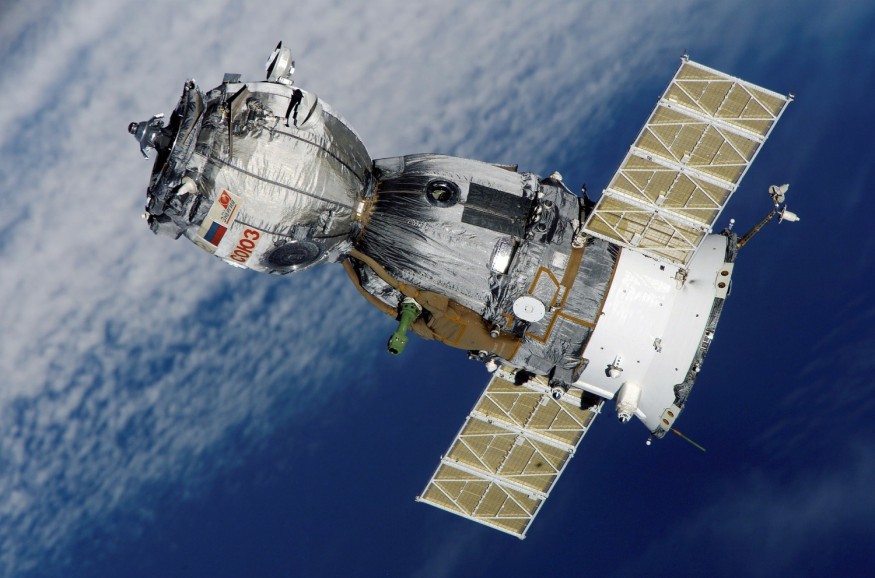South Korea's first lunar probe, Danuri, will be on its way to the Moon next week. Danuri, which means "enjoy the Moon," should arrive at its destination by mid-December and remain in orbit for a year. The lunar probe, which took more than six years to build and cost US$180 million (237 billion Won), is eager to begin revealing details about the moon's ancient magnetism and fairy castles of dust sprinkled across its surface. Researchers also hope that the Korea Pathfinder Lunar Orbiter will discover hidden sources of water and ice in areas such as the permanently cold, dark regions near the poles.

Danuri Mission is Ready to Launch
South Korean scientists believe the mission will pave the way for the country's more ambitious plans to land on the Moon by 2030.
According to Space, Danuri was flown from South Korea to the United States and is now in Cape Canaveral, Florida, preparing to be loaded onto a Falcon 9 rocket on Aug. 2, which will take it beyond Earth's orbit.
Eunhyeuk Kim said that the spacecraft was ready to launch. "Until the launch, we will be testing all of the systems over and over again," he said.
The 678-kilogram spacecraft will detach from the rocket within an hour of launch, and Korea Aerospace Research Institute (KARI) will take control, extending the craft's solar panels and deploying its parabolic antenna.
Rachel Klima, a planetary geologist at Johns Hopkins University and part of the science team, said that it is cool to see more and more countries sending up their orbiters and contributing to the global understanding of what's going on the moon.
Kyeong-ja Kim, a planetary geoscientist at the Korea Institute of Geoscience and Mineral Resources in Daejeon, said that everyone was so happy and excited as he described the people who lined up to wave goodbye to the orbiter, which was safely packed in a container and was on its way to the airport on July 5. Kyeong-ja Kim is also the principal investigator for one of Danuri's instruments, a y-ray spectrometer.
ALSO READ : South Korea Becomes Tenth Country to Join Artemis Accords That Supports NASA-Led Moon Exploration
Instruments that Danuri will Carry
Danuri will be carrying five scientific instruments, including the PolCam. This instrument will be able to reveal characteristics such as the size and density of dust and rock grains by capturing how light reflects off the lunar surface. It is also the first camera in lunar orbit to map the texture of the moon's surface using polarized light.
Polarizers are popular for Earth observations, such as those studying vegetation, but have not been used to study the Moon. Klima believes this could help researchers study unusual objects such as fairy castle structures, which are tiny, porous towers of dust. These structures cannot be replicated on Earth due to their higher gravity than the moon, making them difficult to study.
William Farrand, who will be working with PolCam data, described it as a ground-breaking instrument and said he hoped to use it to study volcanic ash deposits and better understand the history of explosive eruptions on the Moon.
ShadowCam, a highly sensitive camera provided by NASA, will take images of the permanently shadowed regions of the Moon, devoid of sunlight. To capture images of the surface topography, the camera will need to rely on scattered light from distant stars.
RELATED ARTICLE : South Korea Successfully Launches Nuri Rocket Carrying Satellites Into Orbit After Failed Attempt Last Year
Check out more news and information on Space in Science Times.










